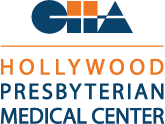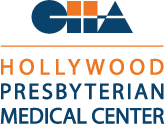|
The best way to protect yourself from glaucoma and vision loss is yearly eye examinations, especially if you are age 50 and older. During your exam, glaucoma screening can be done in your eye doctor’s office. Your eye doctor will look for signs of glaucoma by examining your eyes and optic nerves, measuring your inner eye pressure, and giving you a basic field of vision test. Depending on the results, your eye doctor may refer you to a glaucoma specialist. Glaucoma specialists use advanced procedures and equipment to further understand your glaucoma symptoms, make a diagnosis, and develop a treatment plan. You will have additional visual field testing because loss of peripheral vision is a common sign of glaucoma. It will be repeated at most visits to track how glaucoma is affecting your eyes. Knowing the health of the optic nerves is essential to understanding the damage done by glaucoma, how it may be progressing, and how to treat it. State-of-the-art glaucoma clinics have many types of advanced diagnostic equipment that enables them to precisely measure the structure and function of the optic nerves. Below is a list of the diagnostic procedures that you may receive from glaucoma experts to help them fully understand and treat your condition. Glaucoma at a Glance: Diagnostic ProceduresThese procedures enable glaucoma specialists to study in very precise detail all the parts of the eye that may be affected by glaucoma. Glaucoma at a Glance: Types and Causes
Expert glaucoma screening and diagnosis are very important to make sure you receive the best glaucoma treatment that is specially designed for you and your eyes. In next week’s blog, we cover the types of glaucoma treatments. The goal of this series of weekly blogs is to help you feel informed and confident, wherever you are in learning about glaucoma. Visit sceyes.org/blog weekly to learn more. Please provide feedback, suggested topics, or questions about glaucoma in the Contact Us section below. Thank you. |
 РУССКИЙ
РУССКИЙ  ENGLISH
ENGLISH 


